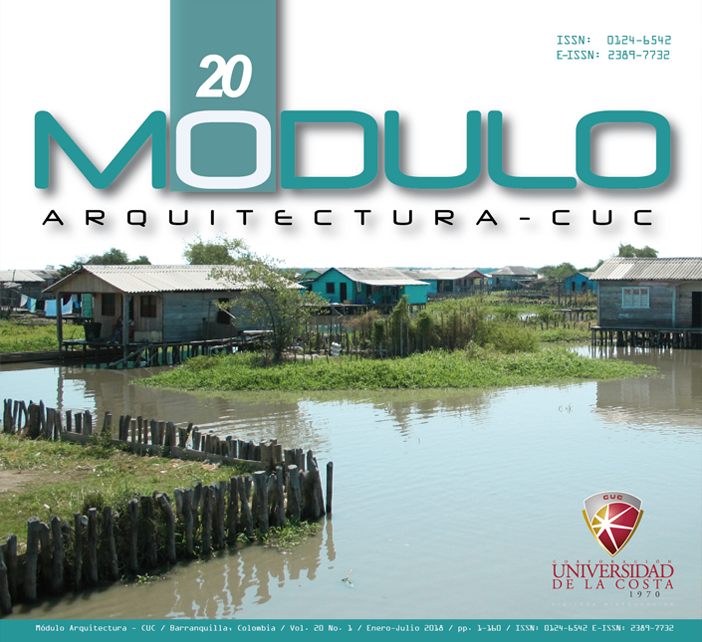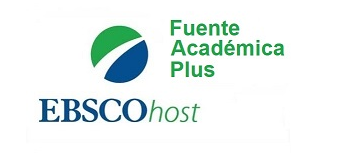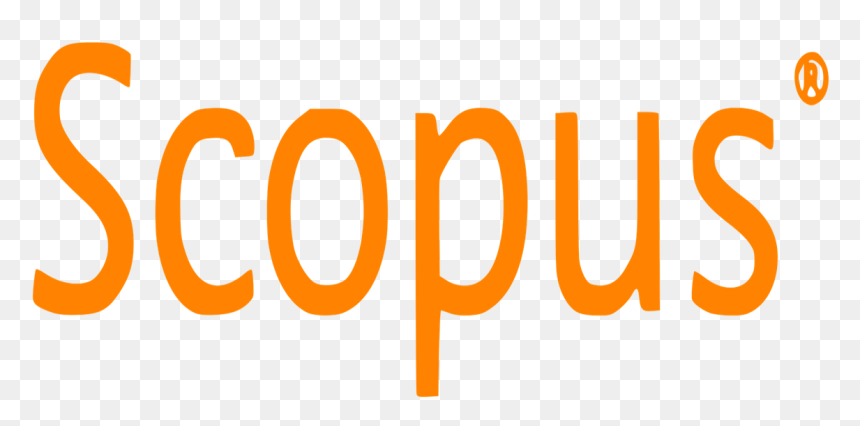Recovery of the swamp of the toad and its native species the mangrove.
DOI:
https://doi.org/10.17981/moducuc.20.1.2018.01Keywords:
ped, pedagogical actions, Frogg Swamp, mangroveAbstract
Abstract
The purpose of the research is to raise awareness and sensitize students and the community in general pedagogical actions that lead to the conservation and recovery of the toad swamp and its native species the mangrove. The methodology used was based on a qualitative approach, with a transversal design. The unit of analysis was constituted by 187 students, between the grades of third to eleven and 10 members of the community. The observation technique and the Interview were taken as technique of information gathering. The results derived from the investigation reflect that the participants recognize the need to repopulate and reforest the ecosystem of the region, as well as generate actions that minimize their deterioration.
Keywords. Ciénaga del sapo, mangle, pedagogical actions.
Downloads
References
CONAFOR (Comisión Nacional Forestal) (2009).La reforestación de los manglares en la costa de Oxaca. Manual comunitario. México , D.F.: SEMARNAT.
Cortés, D. (2010).Flora Y Vegetación Asociada A Un Gradiente De Salinidad En El Sector De Bahía Cispatá (Córdoba-Colombia). [Tesis Doctoral]. Universidad Nacional de Colombia.
Grawitz, M. (1984).Métodos y técnicas de las ciencias sociales. México, D.F.: Editia mexicana.
Hernández, R., Fernández, C. y Batista. P. (2003).Metodología de la Investiga-ción. México, D.F.: Mc Graw Hill.
Martínez, M. (2006). La Investigación Cuali-tativa (Síntesis Conceptual). Revista IIPSI 9(1). 123-146. Recuperado de http://sisbib.unmsm.edu.pe/bvrevistas/investigacion_psicologia/v09_n1/pdf/a09v9n1.pdf
Maury, A. (2010). Construcción y Medio Ambiente. Módulo Arquitectura Cuc, 9(1), 105-114. Recuperado de https://revistascientificas.cuc.edu.co/moduloar-quitecturacuc/article/view/119
Mejía, L., Molina, M., Sanjuán, A., Grijalba, M & Niño, L. (2014).Bosques de Manglar: Un ecosistema que debemos cuidar. Cartagena de Indias, Colombia. Recu-perado de http://observatorioirsb.org/cmsAdmin/uploads/cartilla-manglar-28pg-(1)_001.pdf
Medina, R. (2015). S.O.S. por la ciénaga el Sapo. El Heraldo. [Fotos]. Recu-perado de https://www.elheraldo.co/magdalena/sos-por-la-cienaga-el-sapo-204673
Rengifo, B., Quitiaquez, L. y Mora, F. (2012). La educacion ambiental una estra-tegia pedagogica que contribuye a la solucion de la problematica ambiental en Colombia.En, XIIColoquio Inter-nacional de Geocritica, (1-16). Univer-sidad Nacional de Colombia, Bogotá, D.C.
Reyes , R. (28 de 11 de 2012).In SlideShare.Obtenido de https://es.slideshare.net/ceciru1113/accion-pedaggica
Reyes, A. y Gutiérrez, J. (2010). Los servicios ambientales de la arbori-zación urbana: Retos y aportes para la sustentabilidad de la Ciudad de Toluca. Quivera. 12(1). 96-102. Recu-perado de http://www.redalyc.org/pdf/401/40113202009.pdf
Salamanca, E. (2016). Tratamiento de aguas para el consumo humano. MÓDULO ARQUITECTURA CUC, 17(1), 29-48. Recuperado a partir de https://revistascientificas.cuc.edu.co/moduloarquitecturacuc/article/view/1527
Tovilla, C. (2002). Supervivencia de Rhizo-phora mangle L. en el manglar de Barra de Tecoanapa, Guerrero, México. Madera y Bosques, 8(Esp. 1). 89-102. Recuperado de http://www.redalyc.org/pdf/617/6170 98 0 5.pdf
Downloads
Published
How to Cite
Issue
Section
License
CC Reconocimiento-NoComercial-SinObrasDerivadas 4.0



 English
English
 Español (España)
Español (España)






